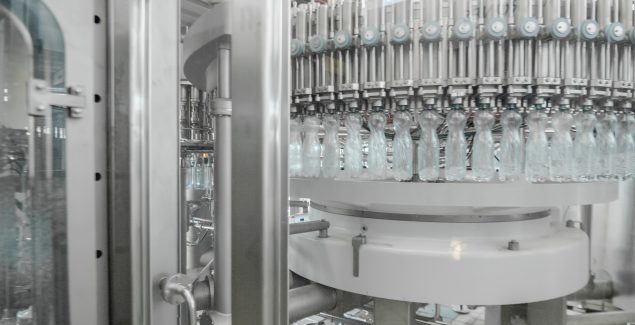Nitrogen dioxide (NO2) is a prevalent air contaminant produced by fuel burning in cars, heating appliances, and industrial equipment. Exposure to this gas can cause respiratory problems, worsen asthma, and impair lung function. An NO2 detector is essential for detecting dangerous levels in indoor environments and warning inhabitants before their health is jeopardized. Ensuring quick detection is critical for lowering long-term risks and ensuring a safe environment. Regular maintenance of these detectors also ensures they function accurately, providing ongoing protection against harmful air quality.
Why Early Detection Technology Matters
Modern air quality monitoring systems can identify even trace levels of hazardous pollutants. These advancements make it easier for individuals and facility managers to react promptly to hazardous situations. An NO2 detector gives precise, real-time measurements, thereby reducing prolonged exposure to harmful pollutants. Integrating this technology can dramatically improve air safety in both residential and business buildings. Continuous monitoring helps ensure compliance with health and safety regulations, offering added protection for occupants.
Key Features of an Effective Detection System
Advanced devices feature digital displays, sound alerts, and connectivity to smart home systems for added convenience and security. When selecting an air monitoring device, accuracy and durability are essential considerations. Choosing a nitrogen dioxide detector that meets safety standards and offers simple operation ensures reliable protection in the event of a gas leak or equipment failure. These detectors also enable routine air quality tests, providing additional peace of mind.
Ongoing Maintenance and Professional Guidance
Regular calibration and testing are essential to ensure proper operation over time. Certified professionals can assist in determining the best placement and maintenance plans. To maintain accuracy, the device should always be inspected according to the manufacturer’s instructions. Consult an expert for guidance on optimal performance and installation.
